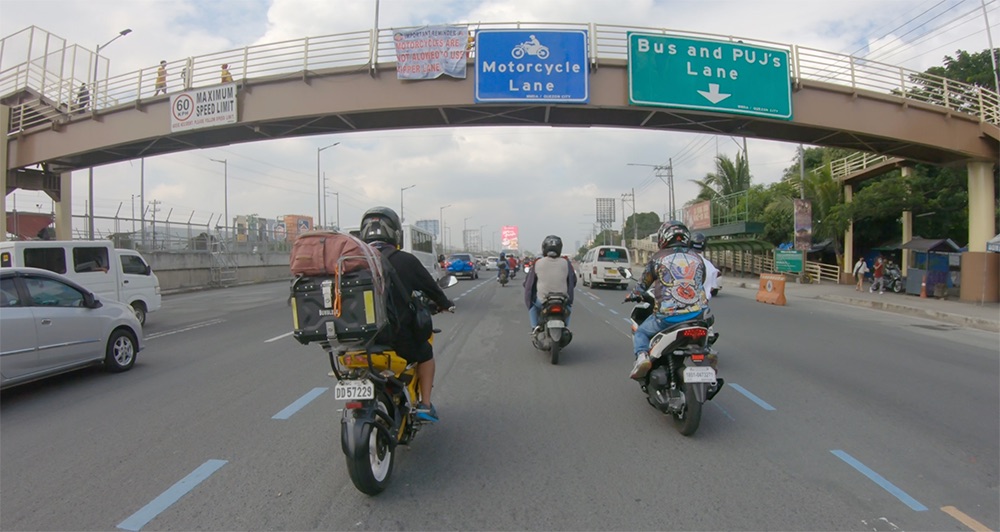
Exclusive motorcycle lanes aren’t new. We’re not the first ones to think of these, and neither are we the first ones to try them. Countries like Malaysia and Taiwan have had great success with the idea, proving the concept to be effective in reducing motorcycle-related accidents. But does it work in our specific situation? I hopped on my motorcycle to see for myself, and here’s what I found.
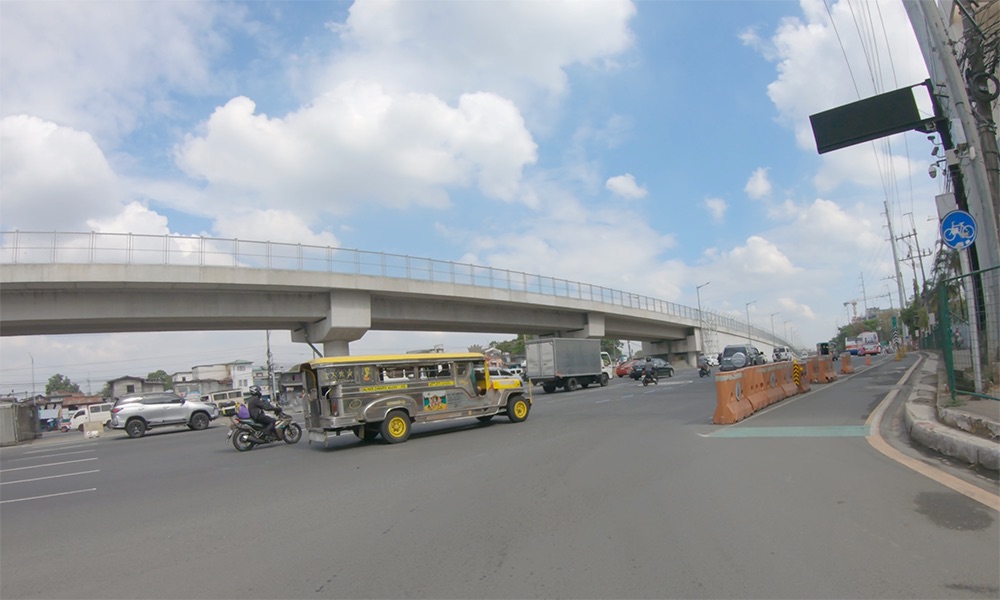
The exclusive motorcycle lane is only the second lane from the right, which made merging into it from Batasan Road the easiest part of my journey. What’s the first lane for? That’s the PUV lane. And this is where things get exciting.
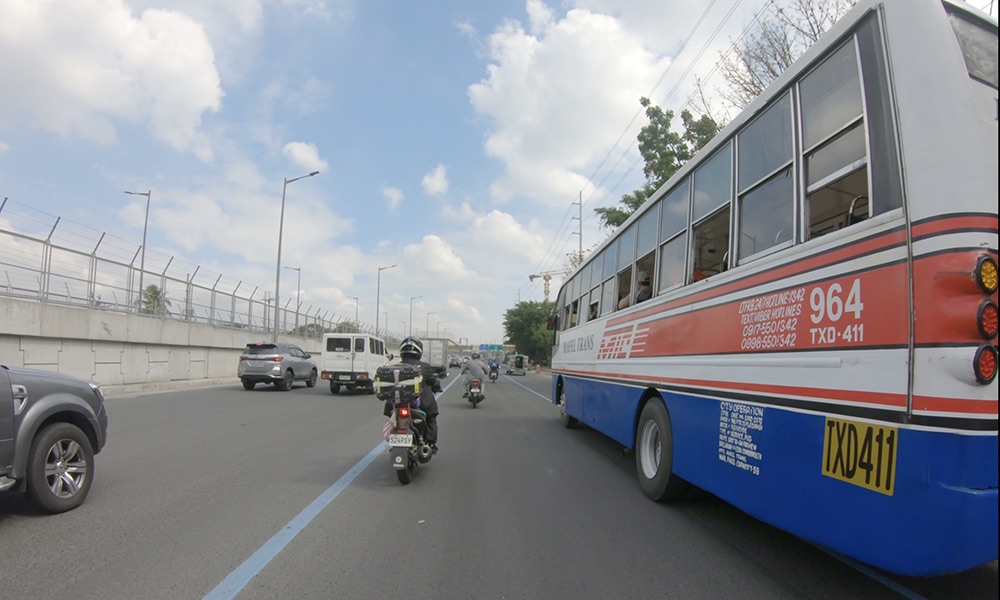
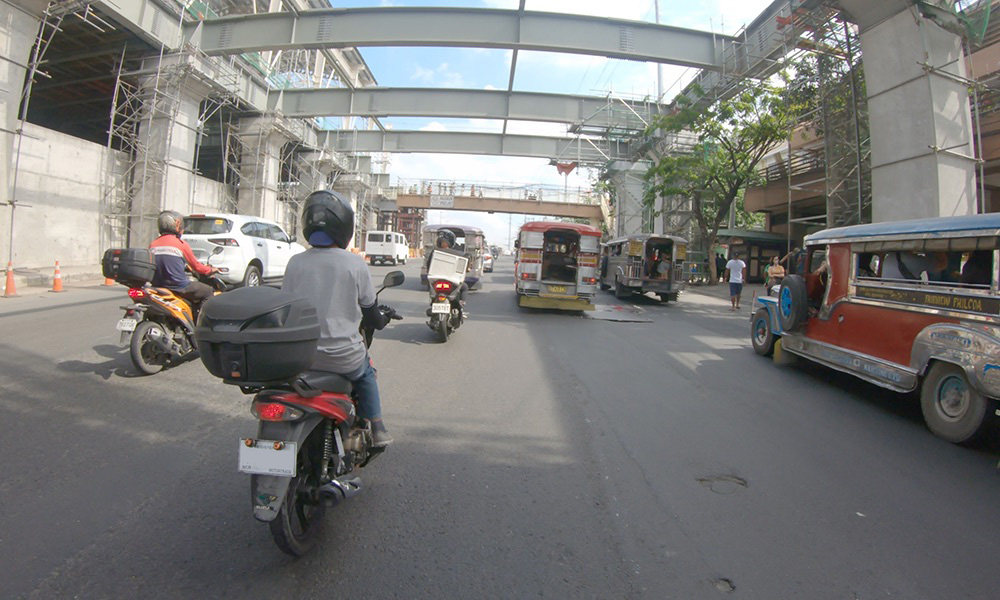
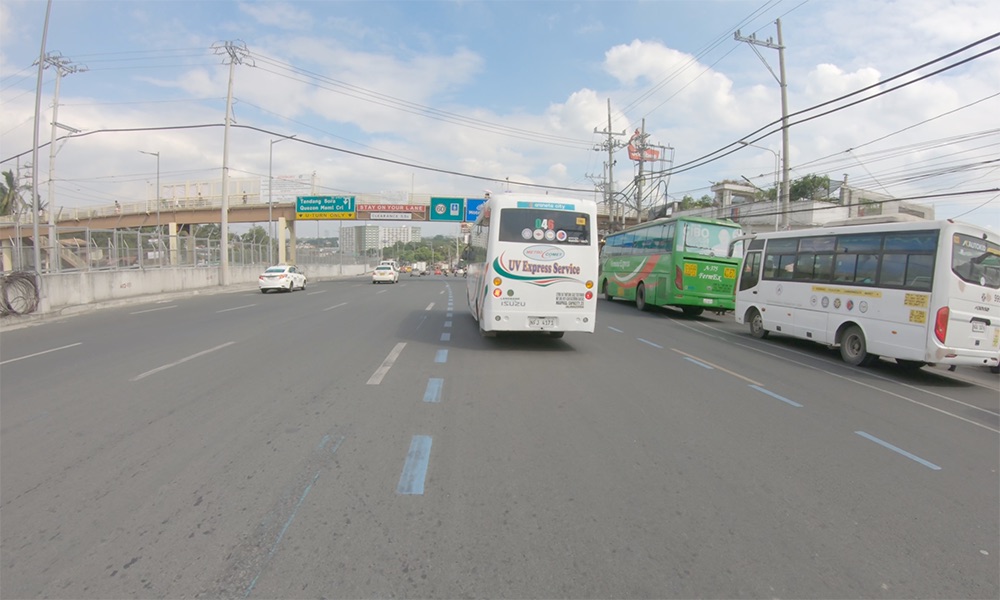
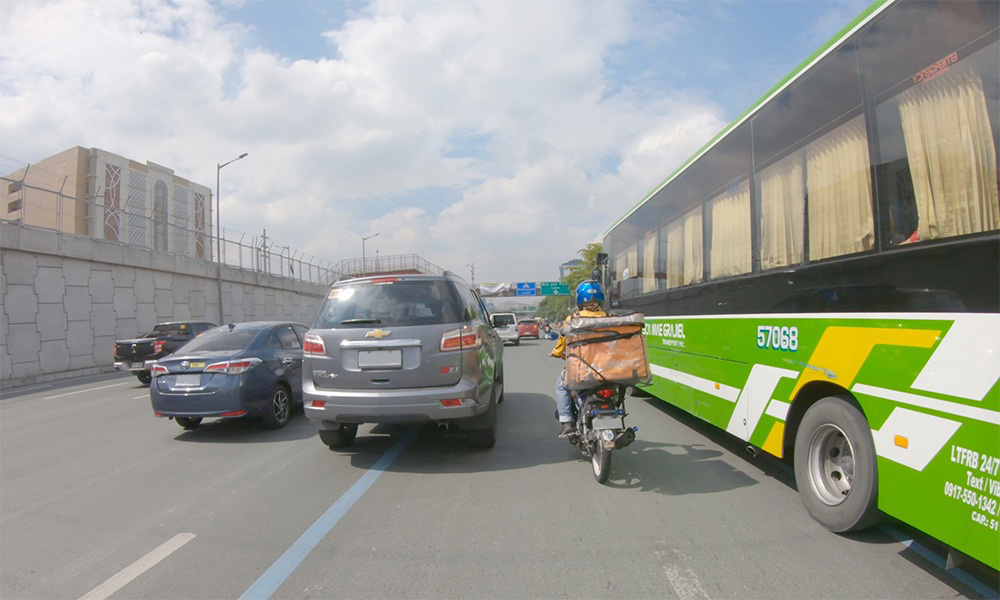
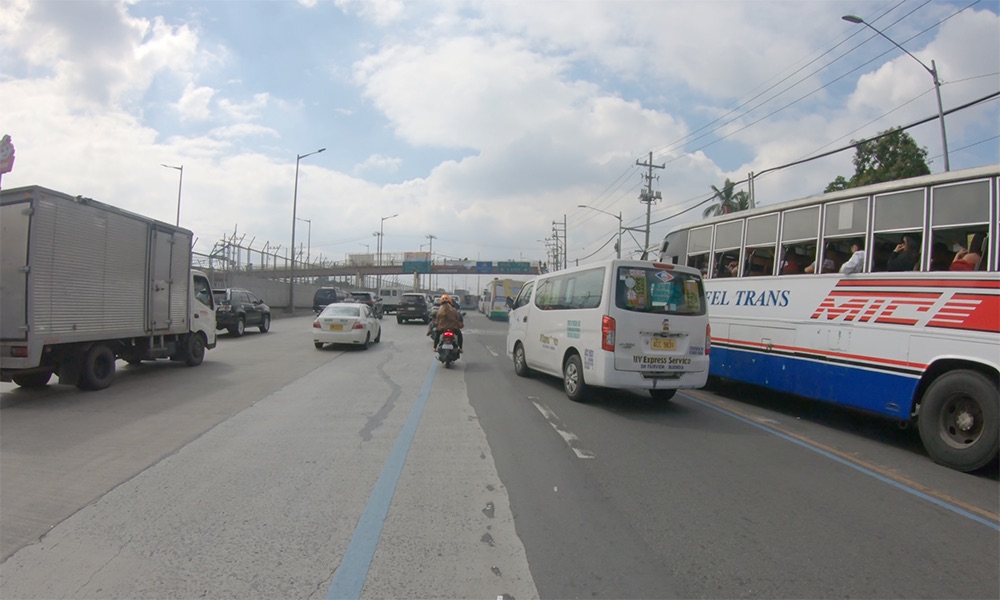

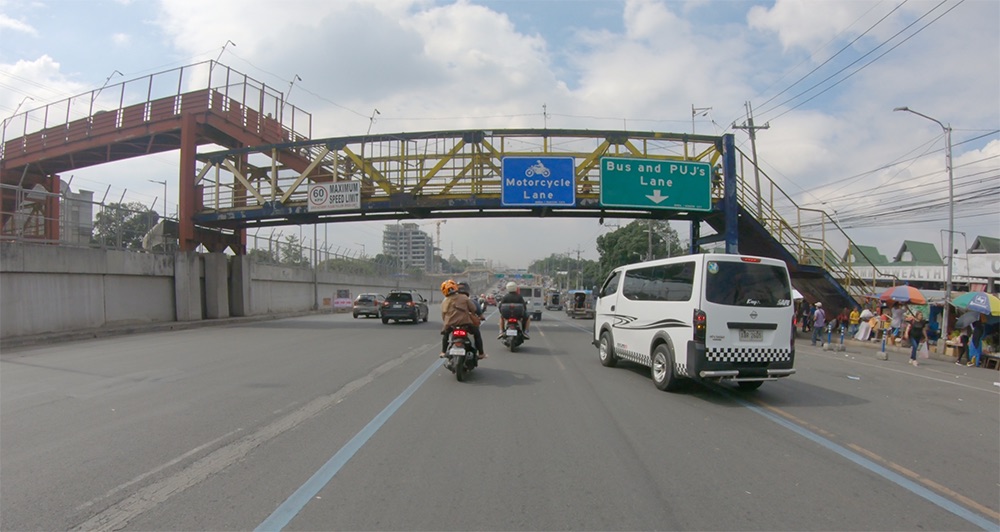
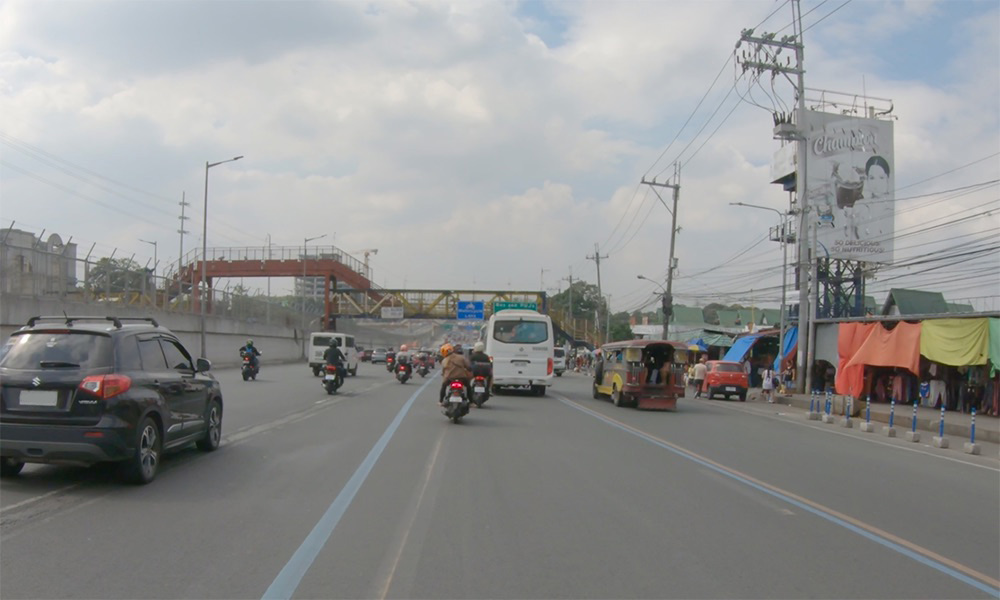
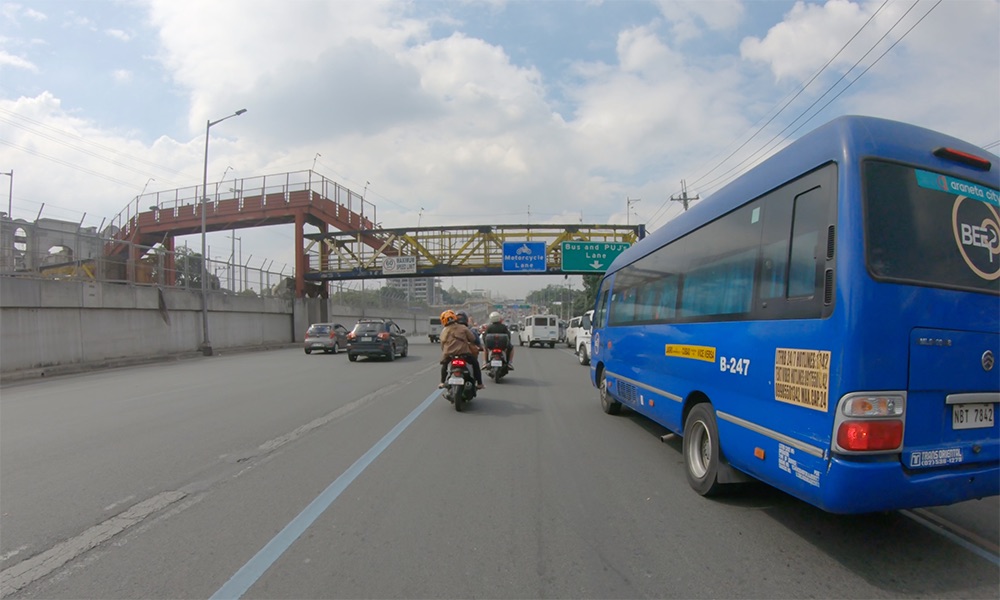
As a personal rule, I avoid riding alongside large, unpredictable jeepneys and buses just to reduce the odds of being in the wrong place at the wrong time. And this experience proved me right. Private vehicles would sometimes breach the motorcycle lane’s exclusivity to overtake, but the worst offenders are the PUVs to the right.
Without any designated stops or proper scheduling, these public-utility vehicles stop and go as they please. Even their own kind loses patience to put up with the abrupt stopping. And when they do, they steer left and let God take care of the rest.
You can just imagine how alarming it is to see a humongous passenger bus right beside you swerve into a lane you thought you had to yourself. It’s almost as if a brilliant government mind went: “Let’s put motorcyclists beside buses and jeeps so they all get run over in one fell swoop!” It’s an accident waiting to happen, really. I stuck to the far left side of the lane just to be sure I had enough space to evade.
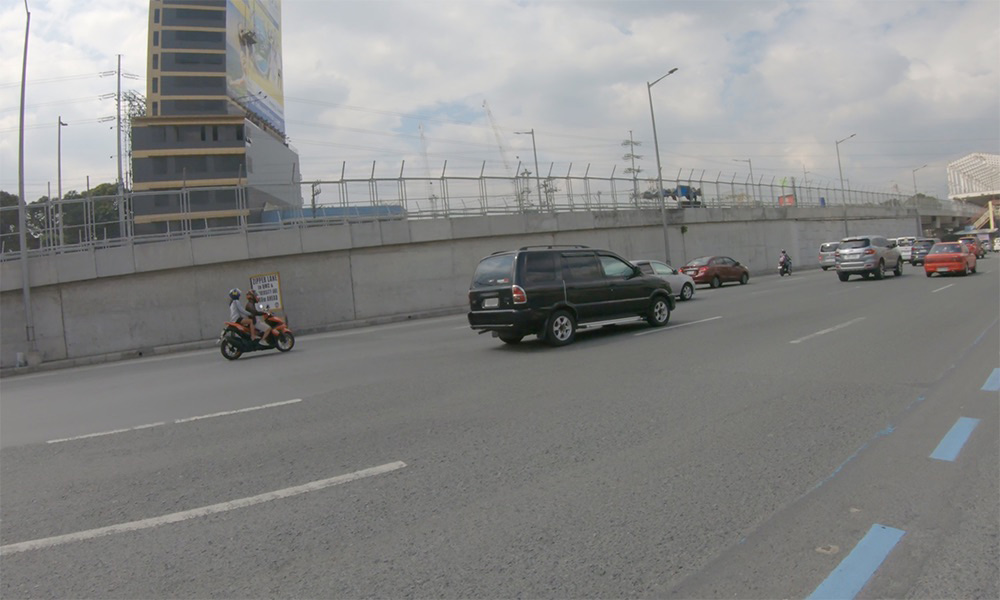
If your destination is on the opposite side of the road, then you have the imminent task of getting to the center to make a U-turn. A motorcyclist needs to cross as many as six lanes on Commonwealth Avenue’s widest stretches. And because of the speed limit, you have to do this by slowing down and ducking behind passing cars, which is not the safest way to pass cagers on a piddly little two-wheeler.
On a large-displacement motorcycle with more than enough power to slip in and out in a snap, it’s no big deal. But I imagine a 110cc Honda Beat would have the scariest of times doing this. Maybe think of it as a round of Galaga, then? That should take the edge off.
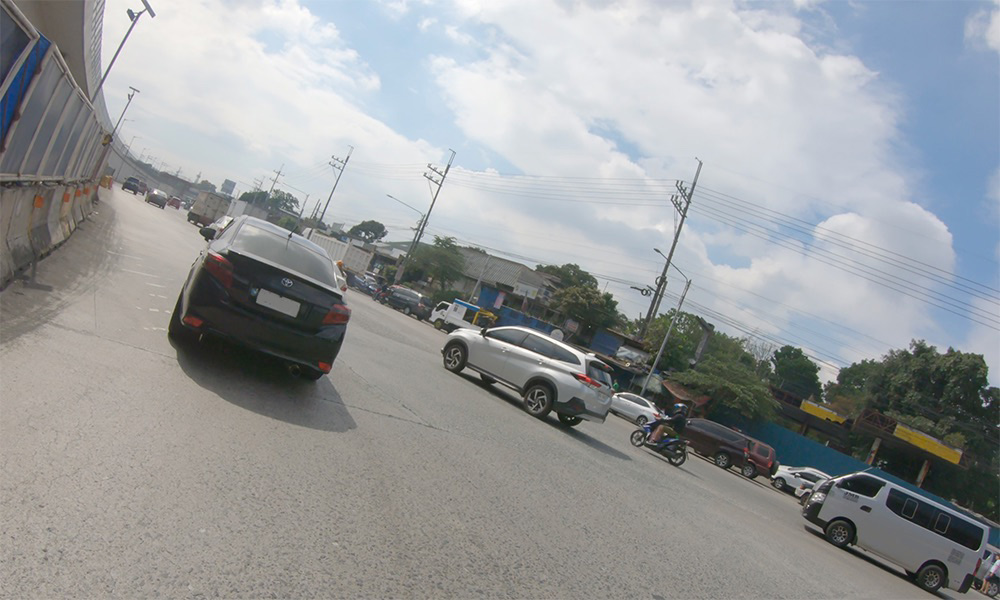
Then there’s the matter of distance. You only get 200m from an intersection or a U-turn slot to get into the motorcycle lane and vice versa. Thankfully, there are distance markers as far out as 500m before each U-turn slot, which makes judging the distance easy. But there aren’t any markers when you get out onto the other side.
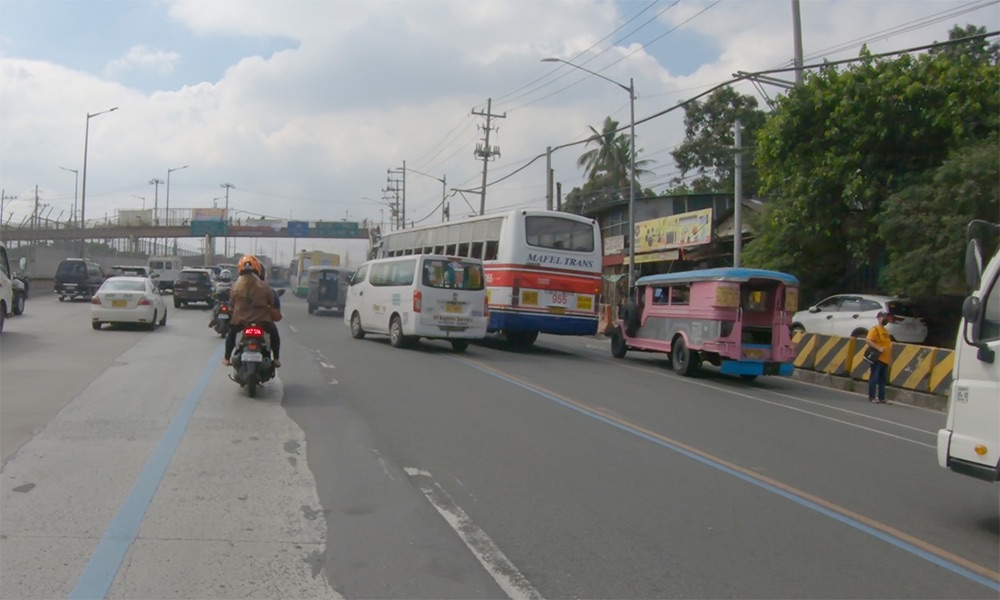
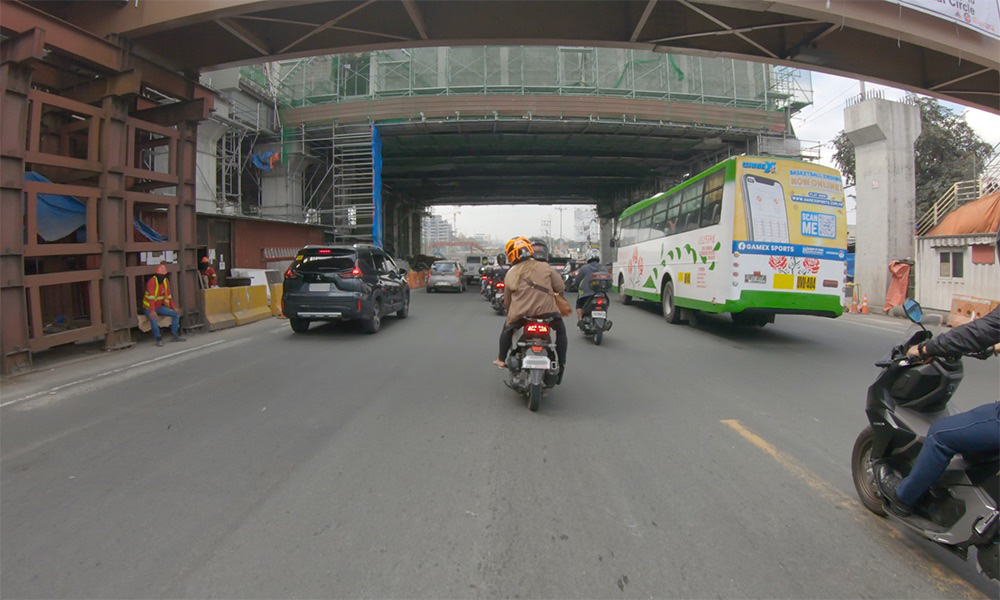
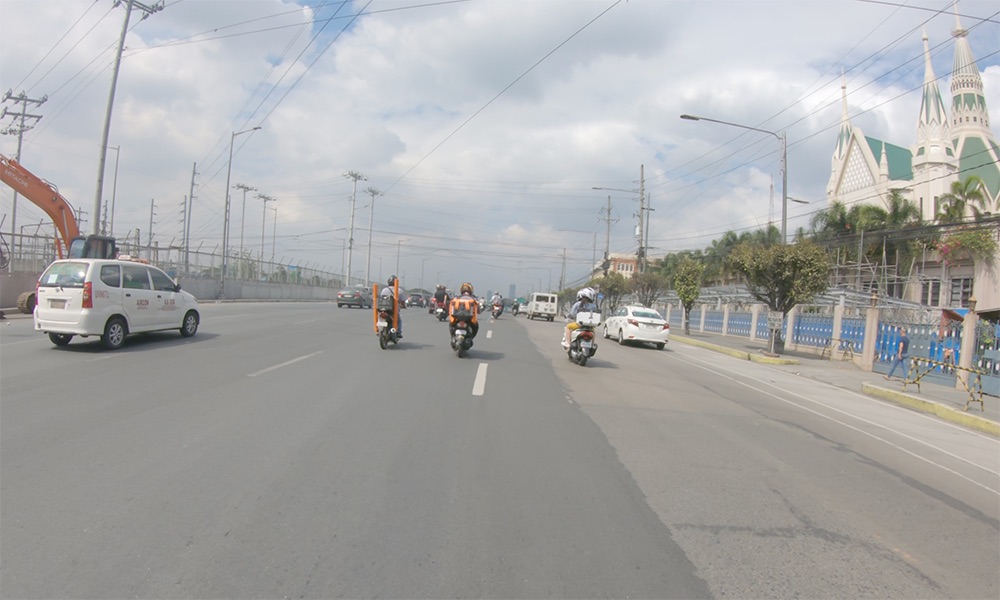
You’d better hope you’ve got an engineer’s eye for judging depth and distance because it’s up to you to eyeball 200m from the U-turn slot exit to the motorcycle lane. Also, the lane markings appear and disappear like Whac-a-Moles.
It vanishes into thin air then reappears in a few hundred meters one lane to the left. It doesn’t take a genius to see that all this ambiguity is bound to be exploited by unscrupulous law enforcement agents looking for a quick buck.
But my fellow riders aren’t squeaky clean, either. Most do stick to the designated lane, but a handful do not. We must uphold our end of the bargain before we can be appalled by the utter disregard of others.
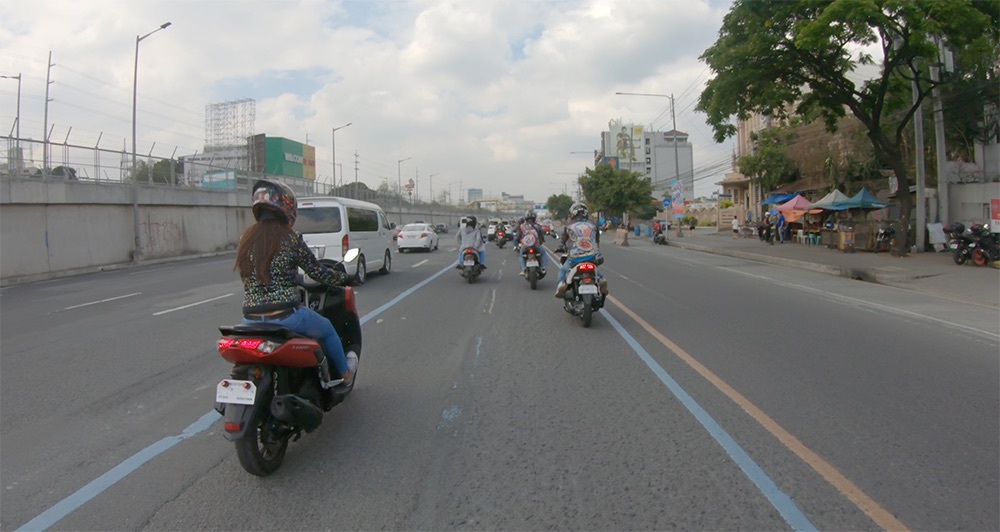
I initially thought the experience would be akin to being herded like sheep, but it’s not. In the fleeting moments when everything worked as intended, having a designated motorcycle lane was actually quite comfortable.
There’s no need to filter, no need to slow down for swerving cars and barriers. It was a glimpse of how exclusive motorcycle lanes can work and have worked for others.
However, shoehorning it into an existing and chaotic road network as an afterthought does not. Attacking one variable and leaving the rest untouched does not solve anything. We need a holistic and comprehensive approach to addressing our traffic woes if we hope to one day make our roads safer.


0 Comments